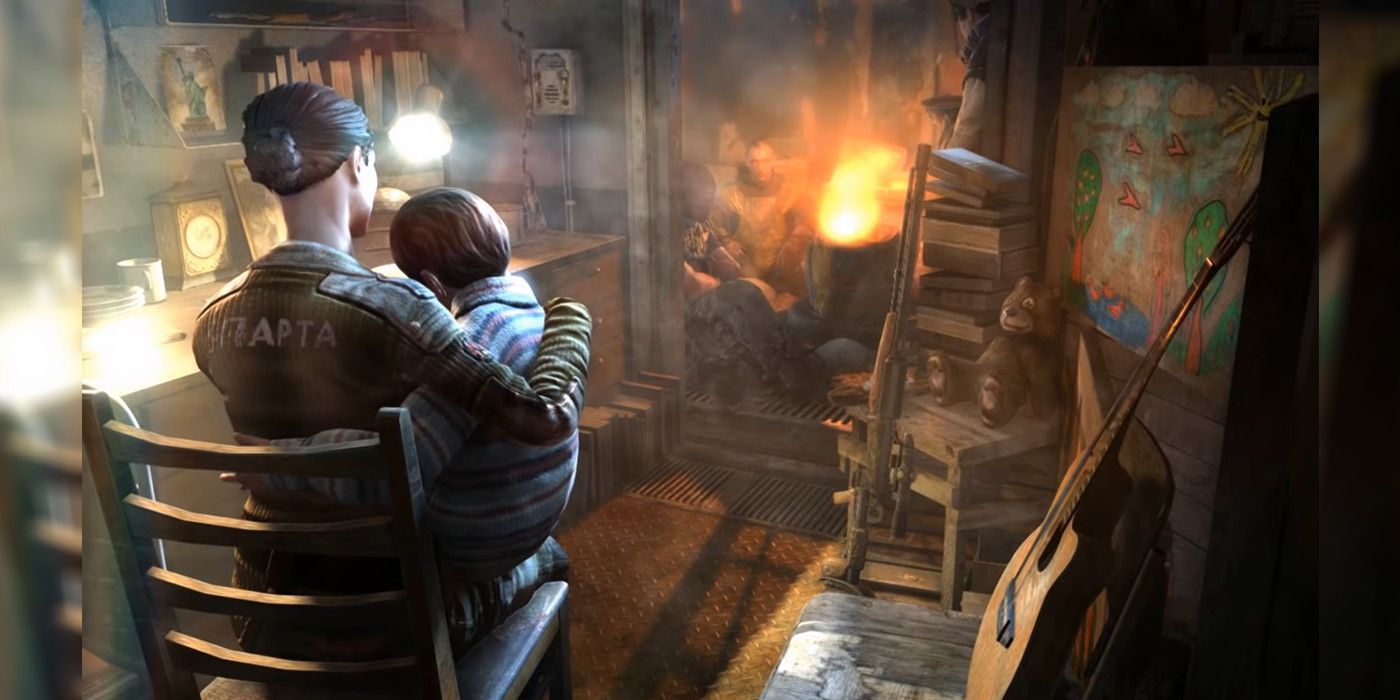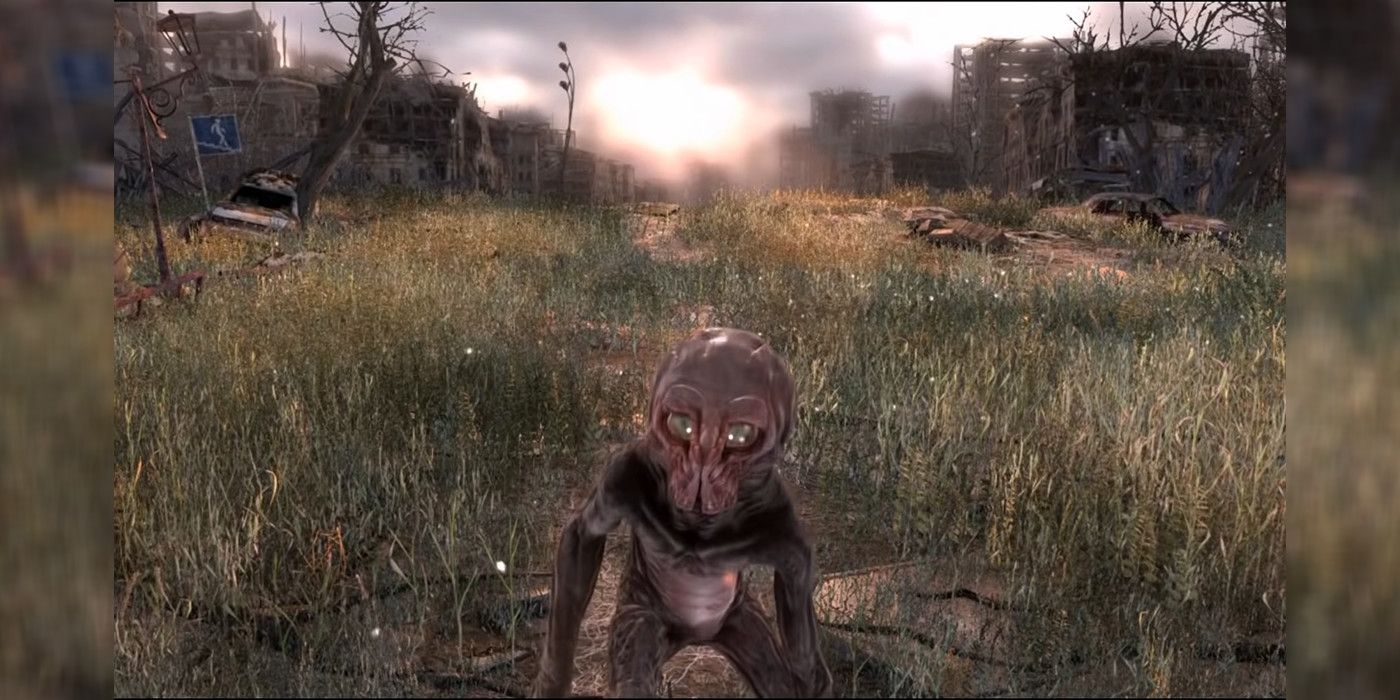
Like many other games that involve players making difficult choices, Metro: Last Light features multiple endings that depend on the player's moral choices and their alignment at the end of the game. What players choose to do in this first-person shooter will determine whether they see the "C'est la Vie" or "Redemption" endings. However, while some games will leave open the question of which ending is canon, the Metro games provide a definitive answer.
Last Light's sequel, Metro Exodus, seems to follow the events depicted in the "Redemption" ending. However, what is perhaps more interesting is the fact that neither of the two is quite as dark as most "bad" endings are.

While "C'est la Vie" is technically Last Light's "bad" ending, it's more of a neutral ending than anything. Both endings follow the final level of the game, called D6. This is also the name of a military base that serves as the location of the Last Light's final battle, the Battle for D6. Both endings follow the main player character, Artyom, and the Rangers as they fight against the Red Line. The conclusion of this battle is different between endings.
In "C'est la Vie," Artyom and the Rangers are quickly overrun by the Red Line forces. In a last-ditch effort to keep Red Line from taking D6, Artyom detonates the base's self-destruct sequence, killing everyone inside. This ending picks up with Artyom's wife telling her child of Artyom's sacrifice, describing his last act as heroic.
Artyom's death in "C'est la Vie" is a major red flag that tell fans it isn't canon -- especially after Metro Exodus brought him back as the player character. There's also the fact that the previous Metro game had its true ending hidden behind a similar morality system. "C'est la Vie" certainly isn't a bad ending, as the Red Line are still technically defeated, though "Redemption" presents a far less grim victory for Artyom and the Rangers.

As its implies, the "Redemption" ending focuses on characters atoning with a much less somber victory to the Battle for D6. In this ending, Artyom is interrupted by a being known as the Baby Dark One, which had previously left to locate his family. In "C'est la Vie," the Baby Dark One simply departs before the Battle for D6, but in "Redemption," the Baby Dark One promises to return with his kin to help the Rangers defeat the Red Line.
The interference from the Dark Ones allows the Rangers to easily overtake the Red Line forces. This prevents Artyom's sacrifice and allows the Dark Ones (previously the main antagonists of the Metro series) to redeem themselves. After the battle, players are given an epilogue that shows what the now-surviving characters did after the battle.
"Redemption" ends with Artyom and the Baby Dark One in a field with the Baby Dark One's kin. They explain to Artyom that they are leaving, as they believe the world would be better without their presence. However, both Artyom and the Baby Dark One agree that the Dark Ones may have earned their forgiveness by helping the Rangers defeat the Red Line. "Redemption" is a much more thematic ending that touches on forgiveness and heroics different way than "C'est la Vie."
Metro Exodus directly follows the events of this ending. Several characters that would have died in "C'est la Vie" -- including Artyom himself -- are alive for the events of Exodus. The last game in the trilogy of Metro titles that follow Artyom also does a lot of world-building work to connect the games back to the books, though there are still some minor differences.
0 Comments